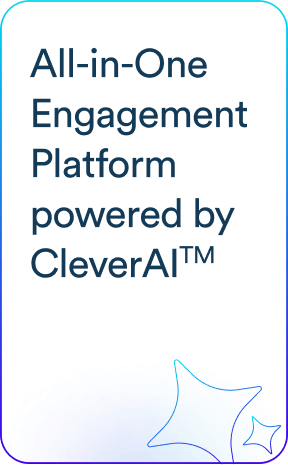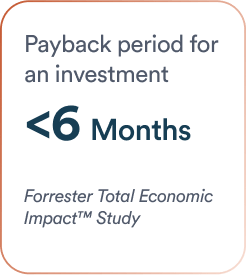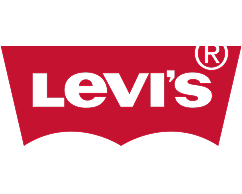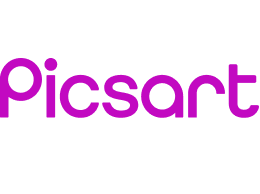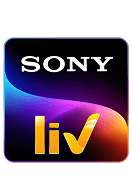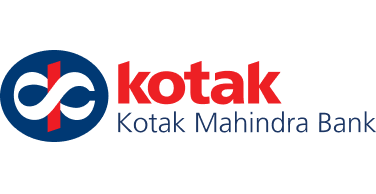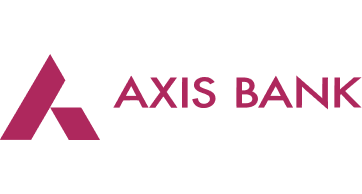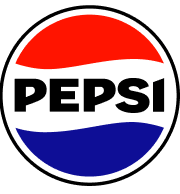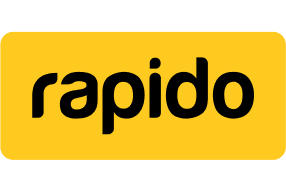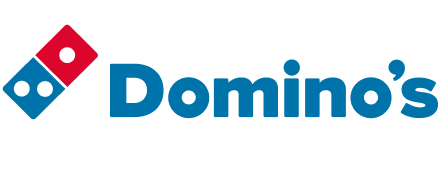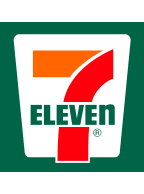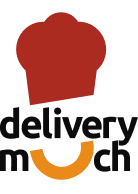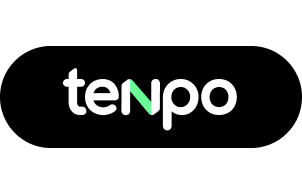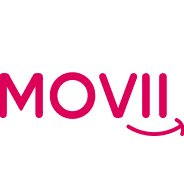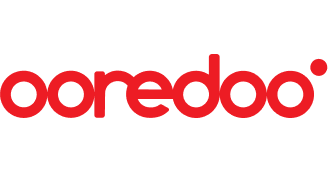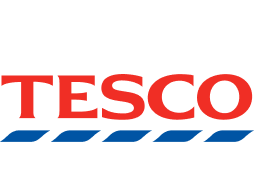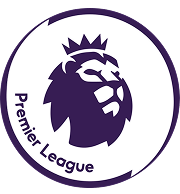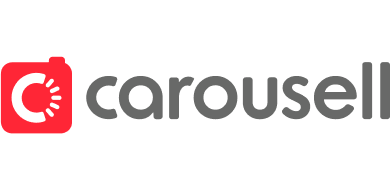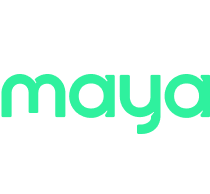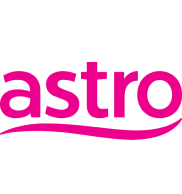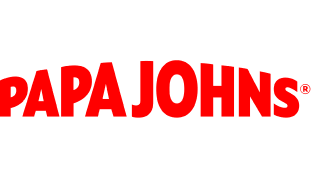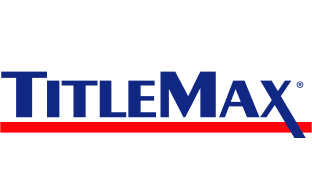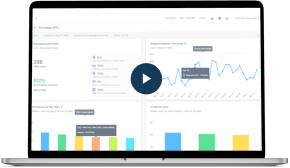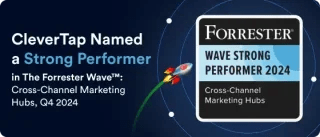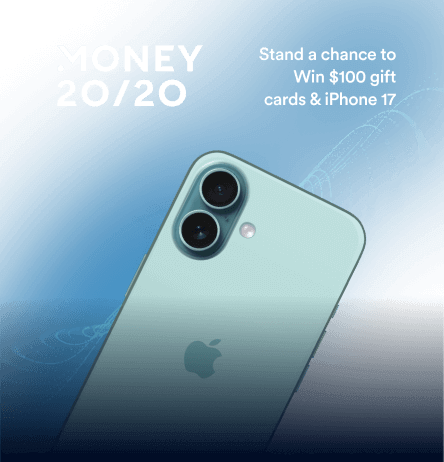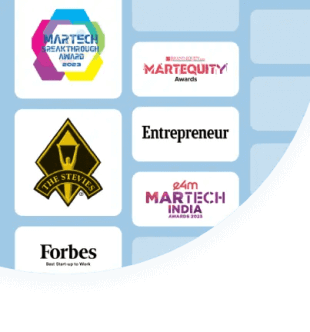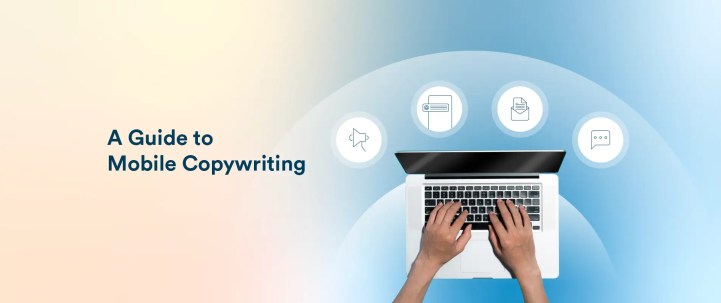Mobile copywriting involves writing concise, persuasive, action-driven content for mobile devices across app store listings, onboarding flows, push notifications, and in-app messages. It’s about optimizing copy for small screens and short attention spans, helping brands communicate value quickly and meaningfully.
With over 60% of global web traffic now coming from mobile devices, it’s no longer acceptable to treat mobile app copywriting as an afterthought. Add to that the reality that users bounce within just eight seconds if they don’t see value, and it’s clear: your copy needs to deliver value fast or risk losing the user entirely.

In this blog, we’ll explore why mobile app copywriting differs from traditional writing, the principles behind copywriting for apps, actionable tips for improving your messaging across touchpoints and funnel stages, and real-world examples from brands that have mastered the craft.
Why Mobile App Copywriting Demands a Different Approach
Mobile copywriting is more than shrinking desktop content to fit smaller screens. It’s an entirely different discipline. Users’ interactions with mobile devices are fundamentally different from those on desktops. They’re often multitasking, distracted, and impatient.
That’s why glanceability is critical. Studies show users scan mobile screens in an F-shaped pattern, focusing on the top few lines and the left side. If your key message is buried in the middle of a paragraph, chances are it won’t even be seen. Mobile copy must be structured for instant comprehension and quick scanning, especially given the physical and cognitive constraints of small screens.
But structure alone isn’t enough—context is everything. Good mobile copy adapts to where the user is in their journey. For example:
- During Onboarding: “Let’s set up your profile” eases new users in.
- For Promotions: “Only two hours left to claim ₹500 cashback” creates urgency.
- To Encourage Re-engagement: “You’re just one workout away from your weekly streak” taps into habit-building.
These messages draw on psychological principles like urgency, loss aversion, and social proof to drive action.
Mobile Copywriting vs. General Copywriting
Traditional copywriting—across websites, blogs, or emails—can afford to be detailed and expansive. You have room to tell a story, build momentum, and use visuals to support the message. Mobile copy doesn’t have that luxury.
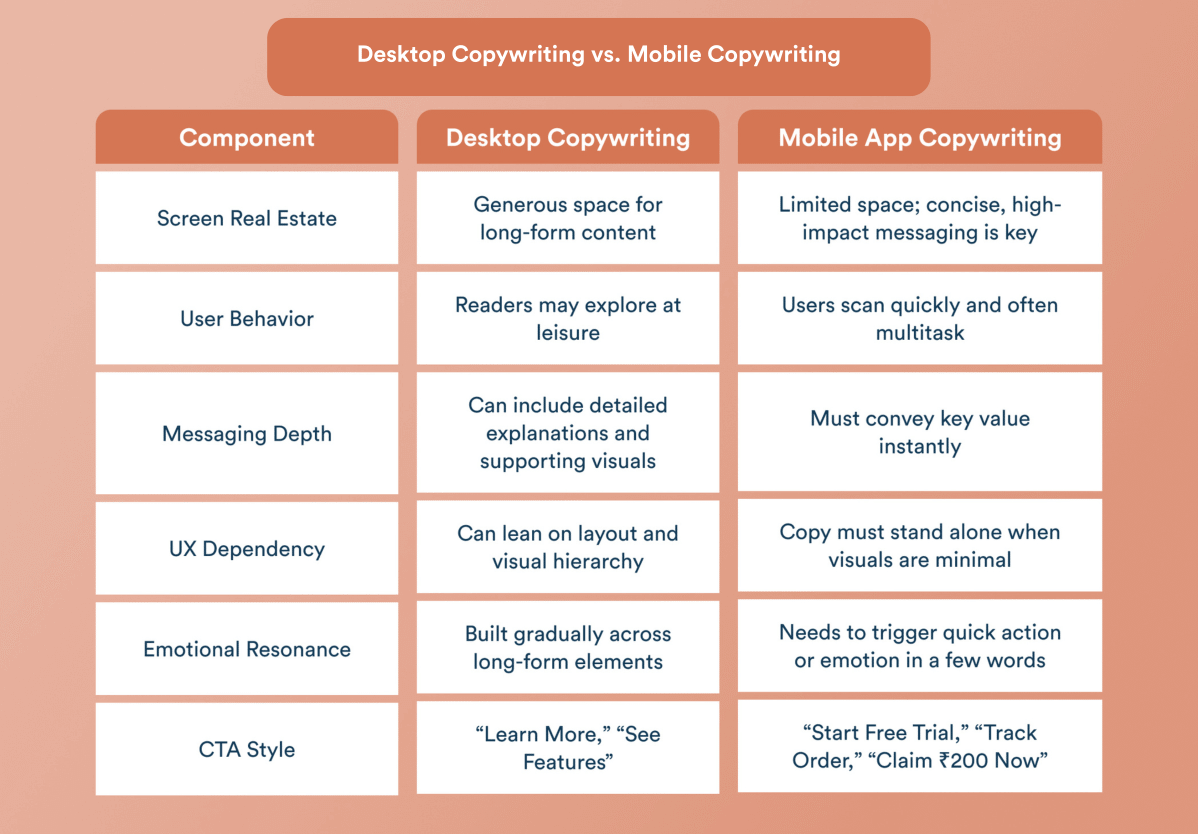
It must work within:
- Character limits
- Tight UI constraints
- Limited visual context
- Split-second decisions
Every word has to be strategic. For instance, a desktop message like “Welcome to our platform. Here’s how to get started with all the available features” is too verbose for mobile. A mobile-first version might say: “Let’s set you up—it only takes a minute.”
Microcopy also plays an outsized role on mobile. Button labels like “Start Now”, confirmation messages like “You’re in!”, and CTAs like “Just one step left” all carry significant weight. These snippets must blend UX writing with conversion science, guiding users through actions with confidence and minimal friction.
Key Principles of High-Converting Mobile Copywriting
On desktops, users may browse, compare, and deliberate. On mobile, choices are made quickly, sometimes impulsively. That means mobile copy must have:
- Clarity: Don’t clutter the screen with multiple CTAs or conflicting messages. Mobile users make fast decisions—your job is to simplify them.
- Brevity: Remove modifiers, redundant clauses, and filler. Every character counts. This is particularly important for space-constrained formats like push notifications and banners.
- Action-Oriented CTAs: Verbs move people. Use short, punchy commands that reflect user intent. Instead of “Click Here,” say “Get the Offer.”
- Empathy: Avoid product-speak. Say “Track My Order” instead of “Order Status.” Use natural, helpful, supportive phrases. Relatability builds trust.
- Friendly and Contextual Tone: A serious tone for password reset. A playful one for streaks. A motivating one for upsells. Match tone with the moment. Don’t sound like a robot.
If your copy is vague, bloated, or confusing, users will bounce before they consider taking action.
Read our CTA guide to learn how to write the most effective CTA copy.
Proven Mobile Copywriting Tips for Marketers
Effective mobile copywriting communicates value with precision and intent. The following mobile app copywriting tips can help marketers create mobile-first messages that actually move the needle.
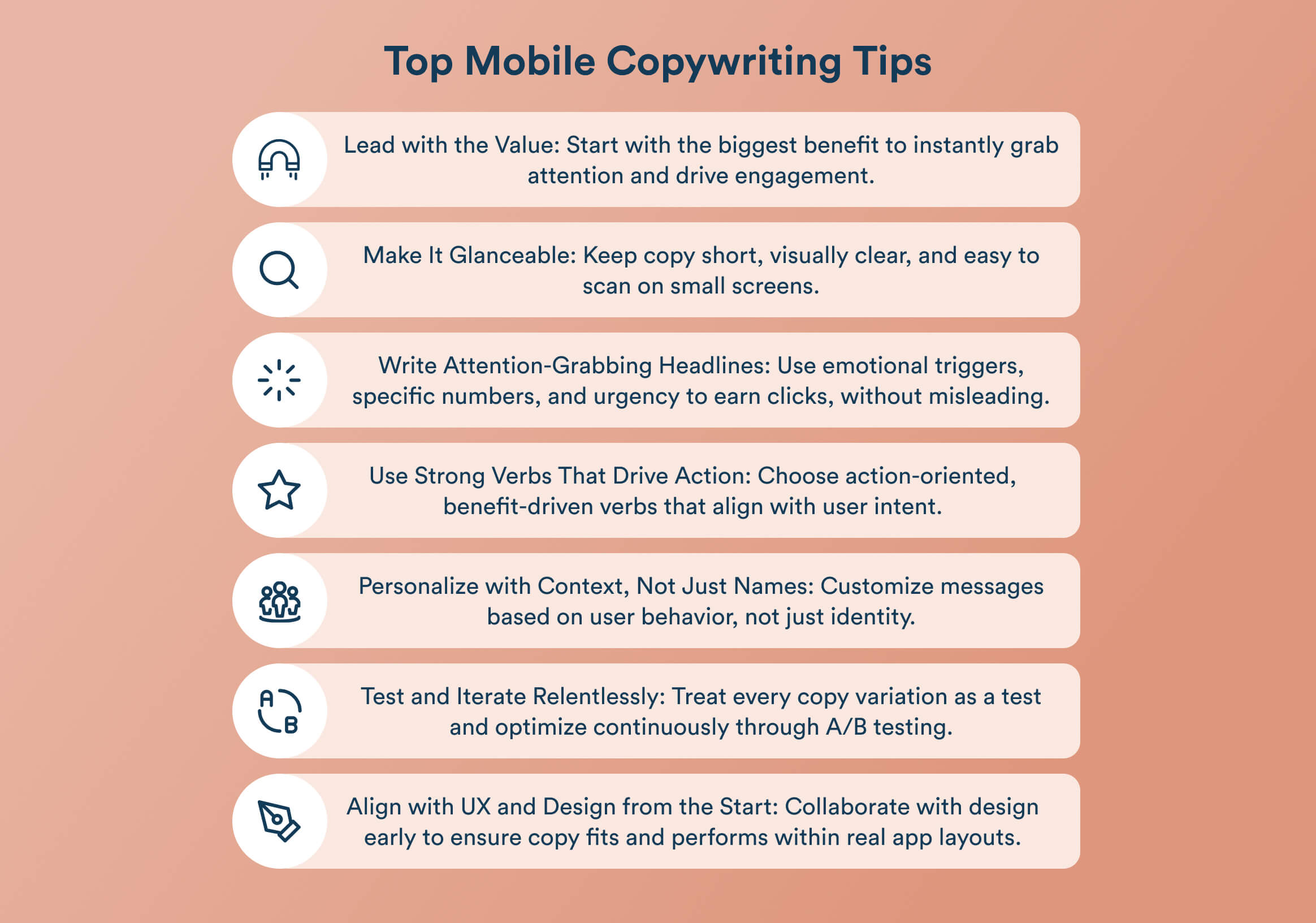
1. Lead with the Value
Mobile users scan; they don’t scroll. You have only a few seconds to convince them to engage. Use the inverted pyramid approach: start with the benefit, follow up with context, and end with a CTA.
For instance, a notification that says, “Get $100 cashback. Offer ends tonight” instantly communicates what’s at stake and what the user should do next. Value-first messaging increases readability and reduces bounce.
Always answer: “What’s In It for Me?”
Copywriting for mobile apps—especially for push or in-app notifications—starts by addressing the only question your users care about: “How does this help me?” If your message isn’t relevant to their world, it’s just noise. Keep the focus on the user:
- Lead with Benefits: Don’t say “We launched a new feature.” Instead, say “Make your workday 20x more efficient” or “Get better movie recommendations in seconds.”
- Avoid Brand-Centric Language: It’s not about your latest product drop—it’s about how your users will feel wearing those new shoes (and hey, they’re 20% off).
- Skip the Jargon: Unless your audience lives in acronyms, speak in plain language that connects instantly.
Make it personal, relevant, and benefit-driven—or risk being ignored.
2. Make It Glanceable
On mobile, users scan for signals of relevance. That’s why glanceability is more important than readability. Keep messages short, use simple sentence structures, and design for visual clarity. Headers, buttons, and supporting text must work together to communicate one message per screen.
3. Write Attention-Grabbing Headlines
Catchy headlines work—but only if your content delivers. Misleading, clickbait-style titles may grab attention, but they also risk damaging user trust and your brand’s credibility.
Here’s how to write headlines that get clicks and build trust:
- Use Odd, Specific Numbers: Headlines like “17 Tips” or “22311 Users Agree” perform better than rounded numbers—they feel more authentic and clickable.
- Evoke Emotion: Power words that spark curiosity, urgency, or excitement can boost engagement. Try tools like CoSchedule or AMI’s Headline Analyzer to fine-tune emotional appeal.
- Trigger FOMO: Urgency-based phrases that trigger FOMO, like “Limited Time Only” or “Don’t Miss Out” compel action and work great for promos or exclusive deals.
4. Use Strong Verbs That Drive Action
Strong, clear verbs are the backbone of high-converting copy. They motivate them to take action with purpose and clarity.
Avoid vague, generic CTAs like “Click here” or “Learn more.” These don’t convey what the user gains or why they should act now. Instead, use intent-driven, benefit-oriented language that aligns with the user’s goals or mindset.
Examples that work:
- “Track Order” instead of “View Details” – gives users control and reassurance.
- “Start Free Trial” instead of “Learn More” – highlights immediacy and value.
- “Unlock Cashback” instead of “Sign Up” – focuses on the reward, not the process.
Verbs like start, get, unlock, discover, claim, save, or enjoy tap into user intent and emphasize benefits. When combined with urgency (“now,” “today,” “instantly”), they become even more effective at nudging users to convert.
5. Personalize with Context, Not Just Names
True personalization adapts to the user’s behavior, preferences, and lifecycle stage, not just their name. A notification like “Dave, your $100 reward expires at midnight” feels more urgent and specific than “Your reward expires soon.”
According to push notification best practices, campaigns with behavior-based personalization outperform static messages by a wide margin.
6. Test and Iterate Relentlessly
Even great copy is just a hypothesis until you test it. A/B testing different variants—whether it’s CTA phrasing, tone, or personalization—helps you understand what works across segments.
Tools like CleverTap allow for easy experimentation without engineering dependencies.
7. Align with UX and Design from the Start
Copywriting for apps doesn’t exist in a silo. It lives within layouts, flows, and components. A perfect line of text that gets truncated on smaller devices or pushed below the fold is a lost opportunity.
Collaborate early with design and product teams to ensure that the messaging feels native and is visually legible across breakpoints. Even small tweaks—like shortening a CTA from “Learn More About the Offer” to “View Offer”—can improve visibility and impact, especially in UI-constrained formats.
Mobile Copywriting Strategies for Different Mobile Touchpoints
Effective mobile copywriting is about delivering the right message, at the right time, in the right format. Here’s how to write impactful copy across various mobile touchpoints:
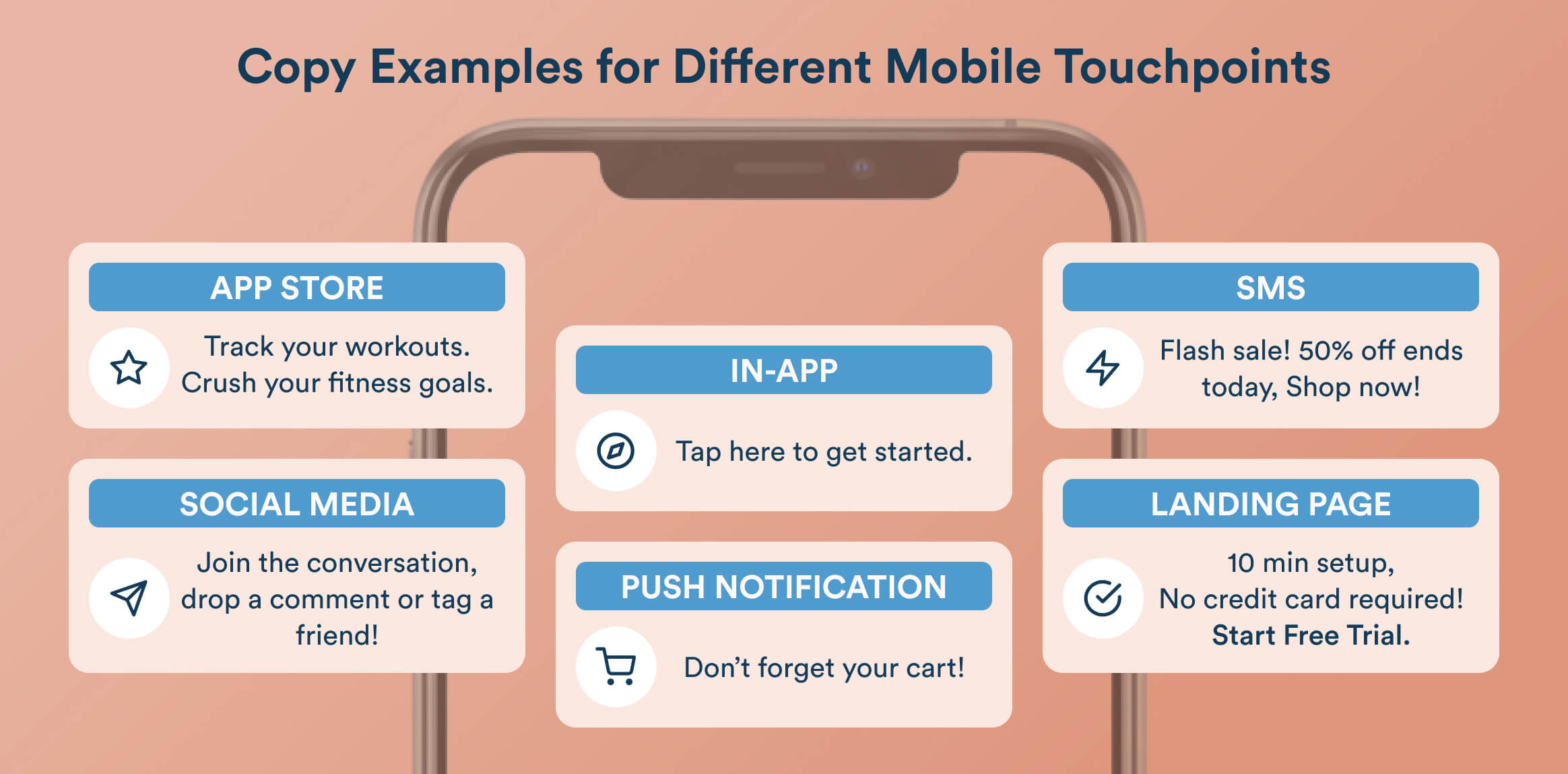
- App Store Descriptions: Keep it concise and benefit-led. Highlight your app’s value proposition and standout features within the first few lines. Use compelling keywords and focus on what users will gain, not just what the app does.
- In-App Copy: Guide users with clear, intuitive language. Whether onboarding, prompting actions, or explaining features, your copy should reduce friction and enhance usability. There are no character limits here, but CleverTap recommends a 20-90 character limit for maximum engagement.
- SMS Marketing: Think short, sharp, and valuable. SMS marketing messages should communicate one key benefit, offer, or update in under 160 characters. Add urgency, personalize where possible, and always include a direct CTA (e.g., “Shop Now,” “Claim Offer”).
- Push Notifications: Push copy should be personalized and action-driven. Use dynamic data to tailor messages (“Your cart is waiting!”), highlight benefits or urgency (“Flash Sale Ends Soon”), and keep the tone aligned with your brand voice. Push notification character limits are strict; aim for under 20-90 characters for max visibility.
- Social Media Updates: Craft attention-grabbing, scroll-stopping copy. Be conversational, tap into trends, use emojis where appropriate, and encourage interaction (likes, comments, shares). Each post should deliver a clear takeaway or CTA.
- Mobile-Optimized Landing Pages: Design with a mobile-first mindset. Copy should be scannable—use bold headings, bullet points, and short paragraphs. Keep your CTA front and center, and align all content to a single conversion goal.
Curious about email copywriting? Here are some tips for you.
How to Write Mobile Copy for Each Funnel Stage
Effective mobile app copywriting supports every stage of the user journey, from when someone discovers your app to the point where they become loyal, paying customers.
Here’s how to approach copy at each stage of the mobile engagement funnel:
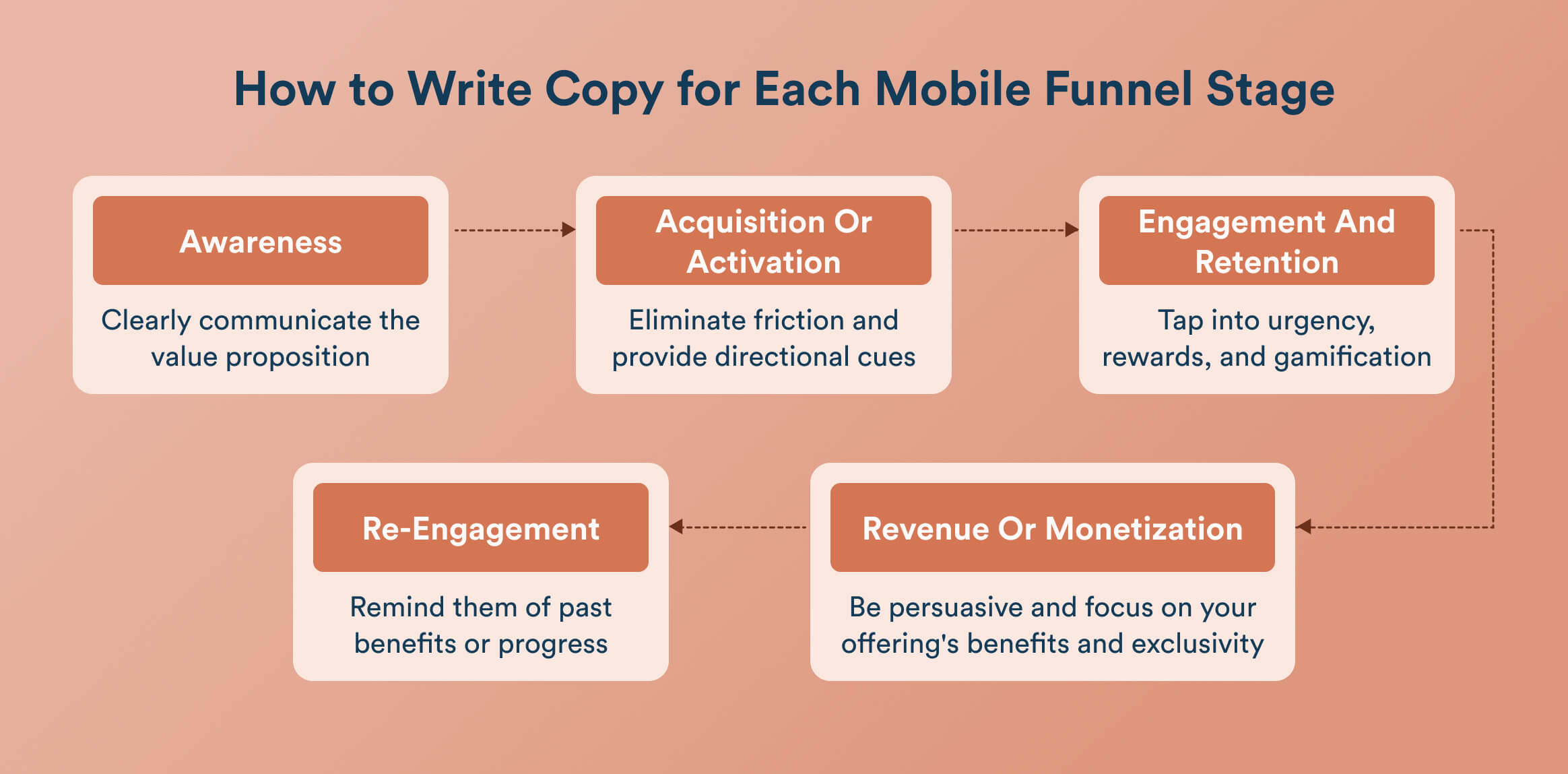
Awareness
In the Awareness stage, users are discovering your app through social media, ads, or app store listings. Your copy here needs to clearly communicate the value proposition in a memorable, concise way. For instance, Duolingo’s “Learn a new language in just 5 minutes a day” immediately signals value.
Acquisition or Activation
Once users install the app, they move into the Acquisition or Activation phase. The goal here is to help users complete onboarding and understand your app’s core functionality. Copy should eliminate friction and provide directional cues, like “Next: Personalize My Feed” or “Choose Your Goals.” Friendly, instructional copy builds trust and momentum.
Engagement and Retention
In the Engagement and Retention phase, you focus on keeping users active and interested. This is where push notifications, feature announcements, and gamified nudges come in. Messages like “Only 2 lessons away from keeping your streak!” or “Your voucher expires tonight” encourage return visits and habitual use by tapping into urgency, rewards, or relevance.
Revenue or Monetization
The aim for users in the Revenue or Monetization stage is to get them to purchase, subscribe, or upgrade. Copy should be clear, persuasive, and anchored in user benefit. Instead of a vague “Upgrade Now,” try something like “Unlock unlimited workouts for just ₹99/month.” Use urgency and exclusivity strategically.
Re-engagement
Finally, some users go dormant and enter the Re-engagement phase. Your copy should remind them of past benefits or progress, like “Still interested in tracking your workouts? Let’s get back on track.” Personalization based on past behavior is key to reigniting interest.
Real-World Examples of Great Mobile Copywriting
Let’s look at how some of the world’s top apps have used mobile copywriting to drive results, backed by real numbers.
Dream11: Retained 5X More Users
Dream11, India’s largest fantasy sports platform, faced a major retention challenge typical of seasonal, event-driven businesses—users often drop off between tournaments or after short-term engagement spikes. The key problem? Keeping users consistently active in a crowded, time-sensitive market.
Solution: Contextual Lifecycle Messaging + Smart Copy Tactics
Dream11 used CleverTap to design behavior-based lifecycle campaigns that nurtured users across key stages—onboarding, activation, engagement, and reactivation. But beyond automation, the team doubled down on copy precision and timing to boost campaign effectiveness.
They ran A/B tests to determine the optimal send time for push notifications, discovering that afternoon messages—just hours before a 7 PM match—drove the highest engagement. The timing created a natural sense of urgency, reminding users they had limited time to build their teams.
They reinforced brand recall and differentiation through creative elements like setting their tagline—“Dimaag Se Dhoni”—as the custom notification sound. This auditory cue made messages stand out and emotionally connected users to the brand’s identity.
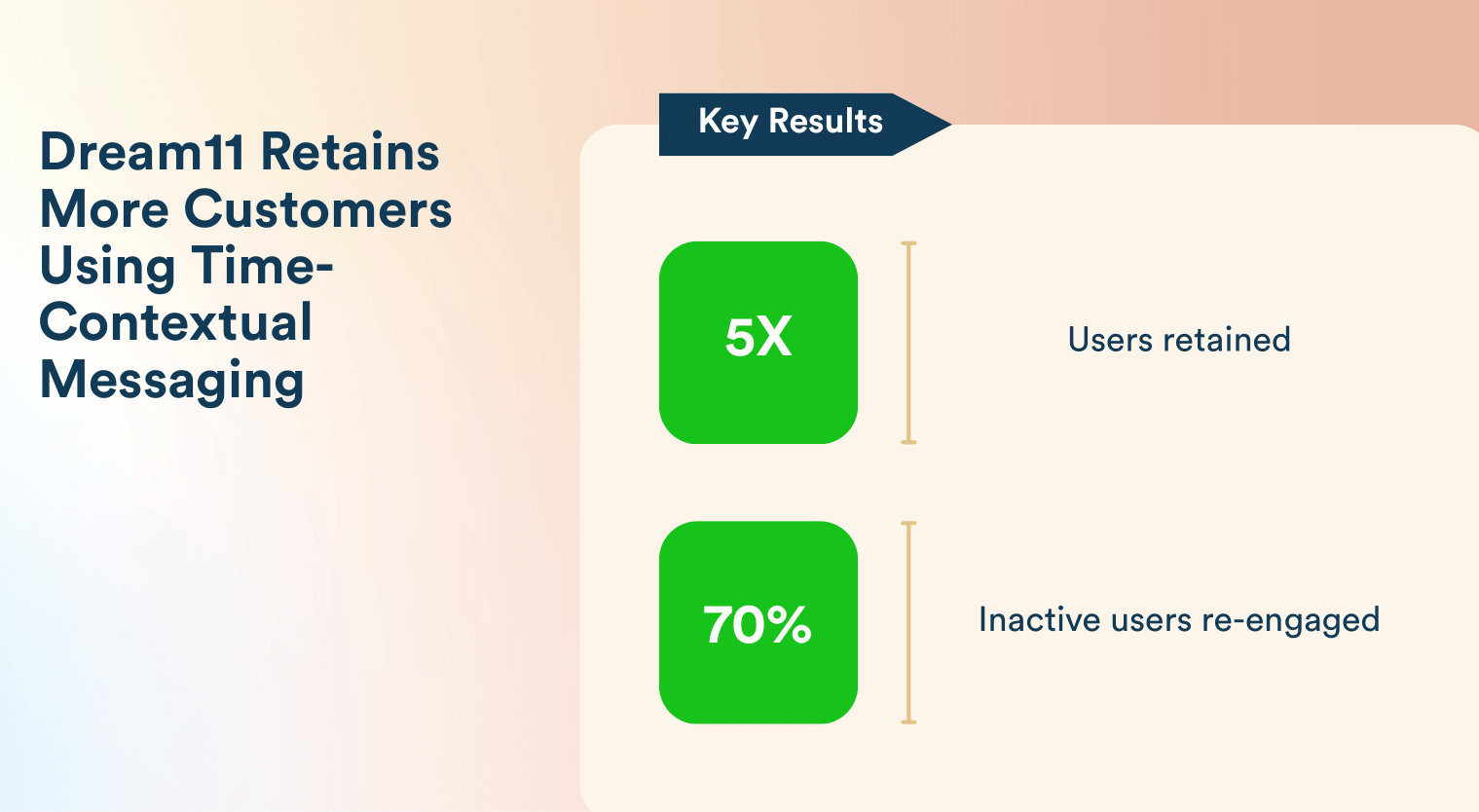
From a copywriting standpoint, Dream11’s success illustrates how urgency-driven, time-contextual messaging combined with branded sensory cues can elevate push campaigns from functional reminders to engaging brand moments.
Read the full case study here.
ZEE5: Achieved 60% Boost in CTRs
ZEE5, a leading global OTT platform, faced a common mobile marketing challenge: how to increase user engagement with push notifications in an already noisy content space. Generic, poorly timed messages were failing to capture attention or drive meaningful action.
Solution: Personalized Timing + Smart Copy Experimentation
To solve this, ZEE5 leveraged CleverTap’s Best Time to Send feature, which uses behavioral data to deliver push notifications when each user is most likely to engage. The result? A 60% increase in campaign click-through rates (CTRs).

But timing wasn’t the only factor. ZEE5 paired it with aggressive A/B testing of their copy to optimize every element of the message.
“In the last 90 days, we’ve performed over 200 A/B tests for our campaigns where we tested emojis and variations in the heading and body. We’ve also gone ahead and experimented with the heading format. Do we keep the headings crisp and short? Do we keep them open-ended?”
– says Jasmeet Bedi, Assistant Manager, about ZEE5’s A/B testing methodology.
This approach underscores how small tweaks in mobile copy—like headline tone, structure, and emoji use—can significantly influence user behavior when paired with intelligent delivery.
Read the full case study here.
Using CleverTap to Ace Mobile Copywriting
CleverTap equips marketers with a powerful suite of AI-driven tools, automation engines, and behavioral insights that help ensure every message is timely, personalized, and impactful.
Scribe: Accelerate and Scale Personalized Mobile Copywriting
Clever.ai, CleverTap’s AI-powered marketing assistant that helps you create persuasive, context-aware messaging across channels. Scribe is Clever.AI’s content generation engine designed to streamline and scale mobile copywriting. It auto-generates campaign-ready copy based on behavioral data, audience segments, and campaign goals. Scribe helps teams launch faster, test more efficiently, and maintain consistency across touchpoints.
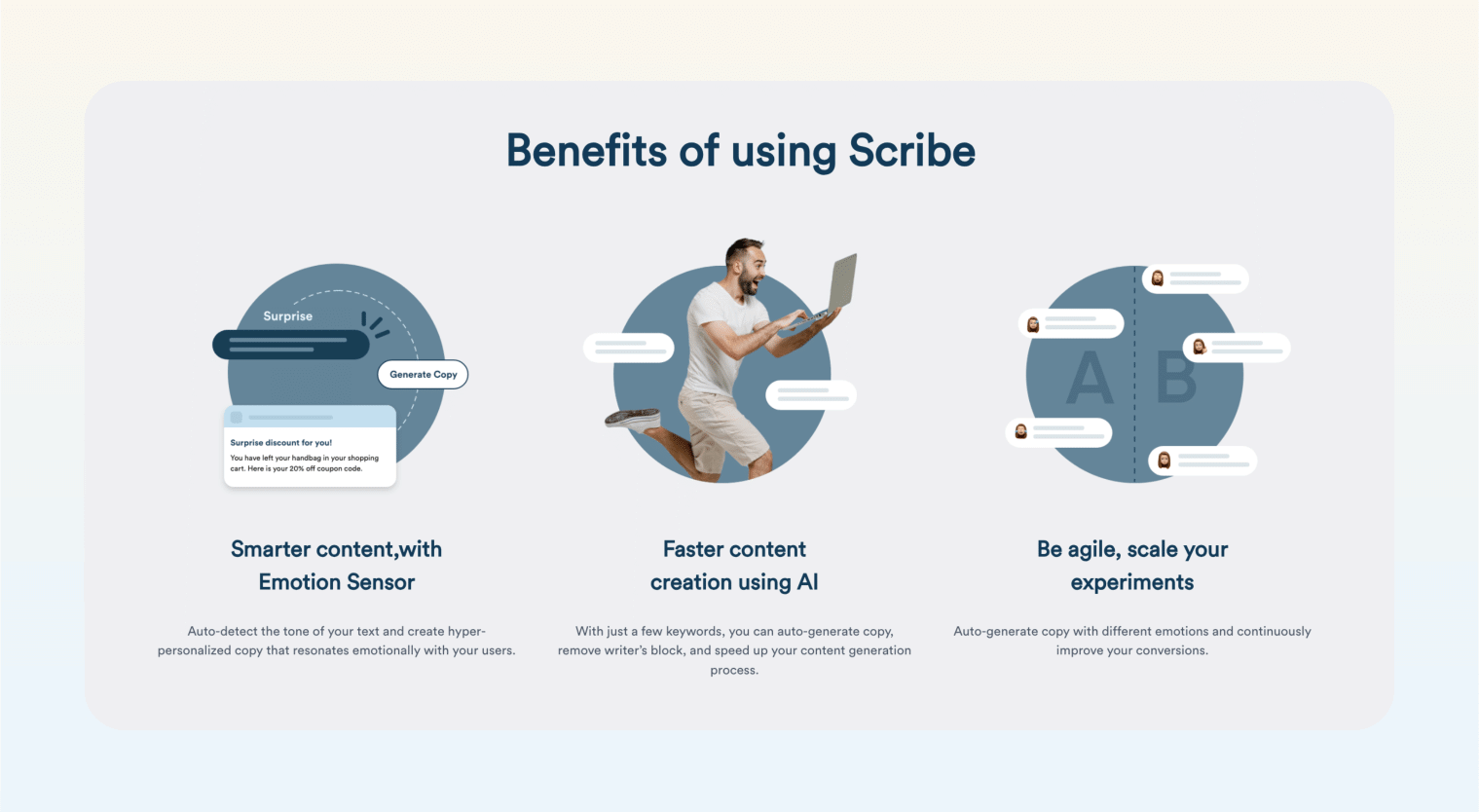
Journey Orchestration: Deliver Contextual Messaging at the Right Time
With Journeys, marketers can create behavior-based workflows that deliver personalized copy across multiple channels at precisely the right moment. Whether it’s a re-engagement campaign or onboarding flow, orchestrate dynamic, data-driven messaging that aligns with each user’s journey.
A/B Testing and Optimization: Maximize Campaign Performance
CleverTap’s robust A/B Testing capabilities allow you to test multiple copy variants and measure performance based on engagement metrics like open rates, click-throughs, and conversions. The platform identifies top-performing content and automatically scales it for maximum impact.
Segmentation, Insights, and Predictive Modeling
CleverTap’s Advanced Analytics, Intent-Based Segmentation, and Predictive Models allow you to understand user behavior at a granular level. Use these insights to craft tailored messaging for each segment—from loyal customers to at-risk users—ensuring relevance and driving deeper engagement.
Rich Media and Personalization at Scale
Use Rich Media Messaging and dynamic content personalization to make your copy feel more human and relevant. Add names, preferences, locations, or recent behaviors directly into messages to create a personalized experience that drives action.
CleverTap helps marketers turn mobile copy into a strategic asset. With tools like Clever.ai and Scribe, backed by real-time insights and powerful automation, you can create, optimize, and scale high-performing copy that builds engagement, reduces churn rate, and drives growth.
Boost your mobile copywriting performance with CleverTap’s smart tools.
Metrics That Tell You Your Mobile Copywriting Is Working
Good mobile copywriting moves the needle. But which needle? Here are the metrics you should track to evaluate performance:
- Click-through Rate (CTR): This is especially important for push notifications and in-app prompts. It tells you whether your copy is compelling enough to trigger action.
- Onboarding Completion: A strong copy during onboarding improves clarity and reduces drop-offs. Test whether simplifying steps or changing the copy language boosts progression.
- Session Duration: Contextual messages and microcopy can keep users engaged for longer, leading to deeper app usage.
- Churn Rate: Unclear, impersonal, or irrelevant messages can contribute to abandonment. Personalized, supportive copy helps retain users.
- Conversion Events: Whether it’s purchases, signups, or bookings, great mobile copy helps drive the final action.
Writing Copy That Converts in a Mobile-First World
Effective mobile copy is precise and purposeful. Whether you’re writing onboarding screens, push messages, or in-app microcopy, every word needs to earn its place. The key takeaways? Prioritize clarity. Use action-driven CTAs. Speak to user pain points with empathy. And test continuously.
Your users don’t have time to figure out what you mean. But with the right mobile copy, they won’t have to.
Kiran Pius 
Leads Product Launches, Adoption, & Evangelism.Expert in cross-channel marketing strategies & platforms.
Free Customer Engagement Guides
Join our newsletter for actionable tips and proven strategies to grow your business and engage your customers.

